05 Nov 2022 - {{hitsCtrl.values.hits}}
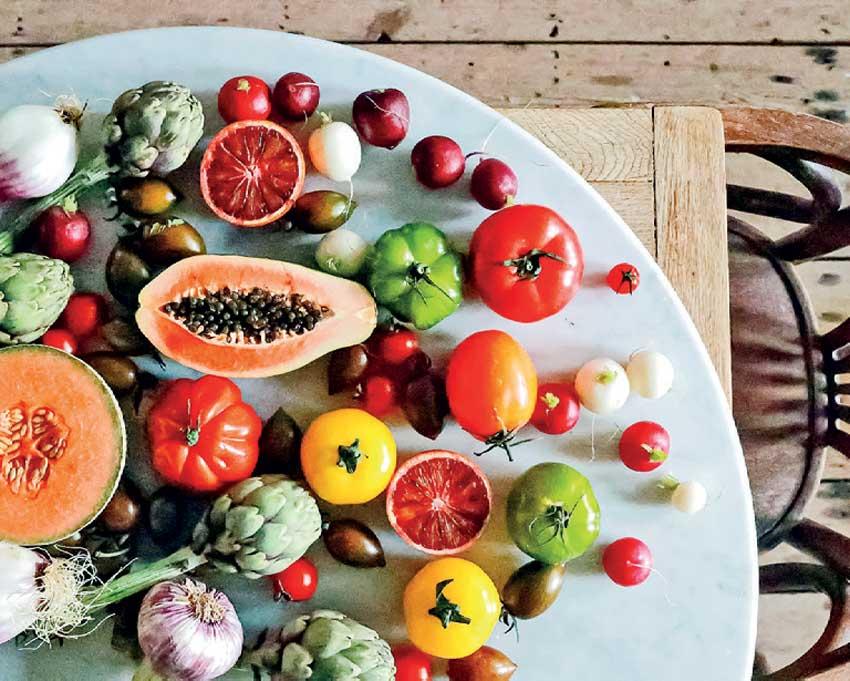
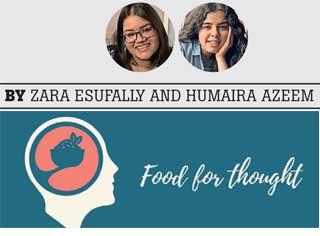 The “food combining diet” is based on the claim that different foods digest at varying rates, have distinct transit times through the body, and require different pH environments for breakdown. The diet suggests eating fruit on an empty stomach, not combine starches with proteins and much more. However, most of these claims are false and are not backed by scientific evidence. This article focuses on pairing certain foods which are complementary to one another, making your food nutritious. Here are four food pairings for you to try:
The “food combining diet” is based on the claim that different foods digest at varying rates, have distinct transit times through the body, and require different pH environments for breakdown. The diet suggests eating fruit on an empty stomach, not combine starches with proteins and much more. However, most of these claims are false and are not backed by scientific evidence. This article focuses on pairing certain foods which are complementary to one another, making your food nutritious. Here are four food pairings for you to try:
Black Pepper and Turmeric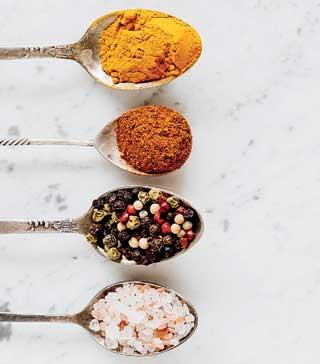
This is the most common and widely known combination used in South Asian households for recipes such as turmeric milk. Turmeric consists of curcumin, an antioxidant which is linked to reducing inflammation, stress and supports immunity. To reap the benefits of curcumin from turmeric, pairing it with black pepper increases the bioavailability of curcumin by 2000%.
Examples of food pairings: Adding both turmeric and black pepper to curries, dhal khichdi and scrambled eggs.
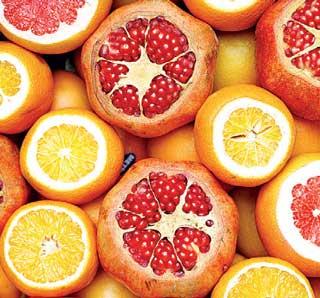 Vitamin C and Iron
Vitamin C and Iron
There are two types of iron: haem iron which is derived from animal-based foods such as red meat, chicken and fish and non-haem iron which is derived from plant-based food such as broccoli, legumes, dried fruit, lentils, nuts, and beans.
The body can easily absorb haem iron compared to non haem iron due to chemicals present in plant-based sources which inhibit absorption. Therefore, combing non-haem iron foods with Vitamin C sources makes plant-based iron easier to absorb.
Examples of food pairings: Squeezing lemon juice over green salads, adding vegetables such as spinach or bell peppers to your lentils, having orange juice with cereals.
Vitamin D and Calcium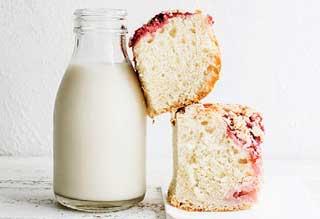
One of the key roles of vitamin D regulating the calcium levels in our body. Calcium absorption is dependent on adequate vitamin D levels in our body. Whilst sunlight is the best source of vitamin D it may not be adequate for some and incorporating food sources of vitamin D in your diet is important.
Sources include:
Pair these with dairy products which are a great source of calcium.
Fat Soluble Vitamins and Fats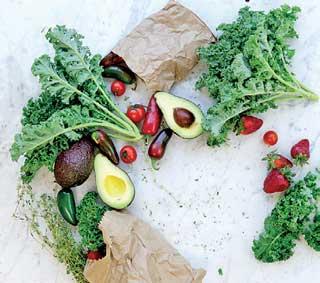
Vitamins A, D, E and K are fat soluble vitamins which means they absorb in the presence of fat and not water. Fats in our diet help carry these vitamins across the intestine, to the blood and liver to be stored.
Sources of fat-soluble vitamins:
Vitamin A: sweet potatoes, tomatoes, carrots, mango, eggs, dark leafy vegetables, and papaya
Vitamin D: oily fish, eggs, red meat, and dark leafy vegetables
Vitamin E: almonds, hazelnuts, sunflower oil
Vitamin K: olive oil, grapes, kale, and other dark leafy vegetables
Sources of fats: Nuts, seeds, avocados, peanut butter, plant-based oil, all of which are great sources of fat-soluble vitamins.
In conclusion, most of us already have these food pairings as part of our diets but for those who are looking to increase absorption of specific nutrients and do not want to take supplements, this is a great way to do so. It’s important to remember that there are many diet related myths out there and we need to ensure the information we consume is research based and scientifically proven. If you have any questions head over to our Instagram page: @foodforthoughtlk or email us at: [email protected].
29 Dec 2024 37 minute ago
29 Dec 2024 2 hours ago
29 Dec 2024 3 hours ago
29 Dec 2024 3 hours ago
29 Dec 2024 4 hours ago